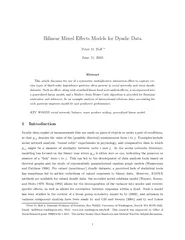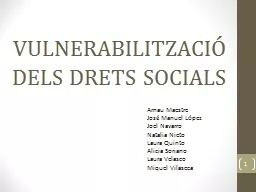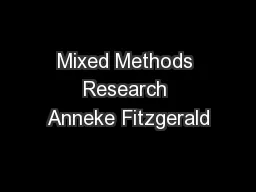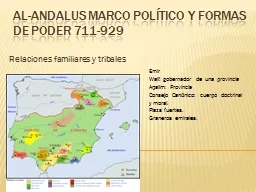PDF-Bilinear Mixed Eects Mo dels for Dy adic Data eter D
Author : conchita-marotz | Published Date : 2015-06-05
Ho June 11 2003 Abstract This article discusses the use of symmetric ultiplicativ in teraction e57355ect to capture cer tain yp es of thirdorder dep endence patterns
Presentation Embed Code
Download Presentation
Download Presentation The PPT/PDF document "Bilinear Mixed Eects Mo dels for Dy adic..." is the property of its rightful owner. Permission is granted to download and print the materials on this website for personal, non-commercial use only, and to display it on your personal computer provided you do not modify the materials and that you retain all copyright notices contained in the materials. By downloading content from our website, you accept the terms of this agreement.
Bilinear Mixed Eects Mo dels for Dy adic Data eter D: Transcript
Download Rules Of Document
"Bilinear Mixed Eects Mo dels for Dy adic Data eter D"The content belongs to its owner. You may download and print it for personal use, without modification, and keep all copyright notices. By downloading, you agree to these terms.
Related Documents














